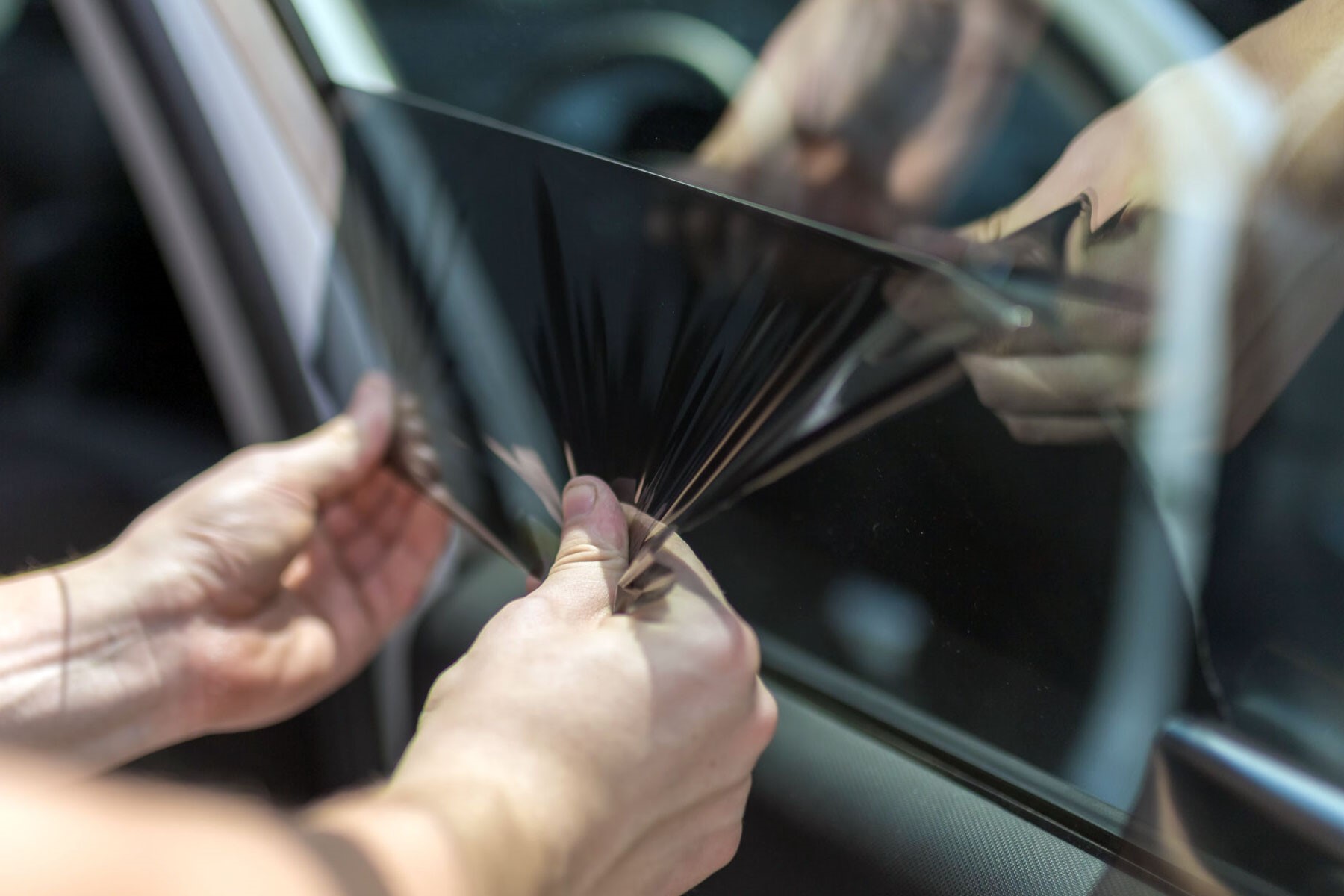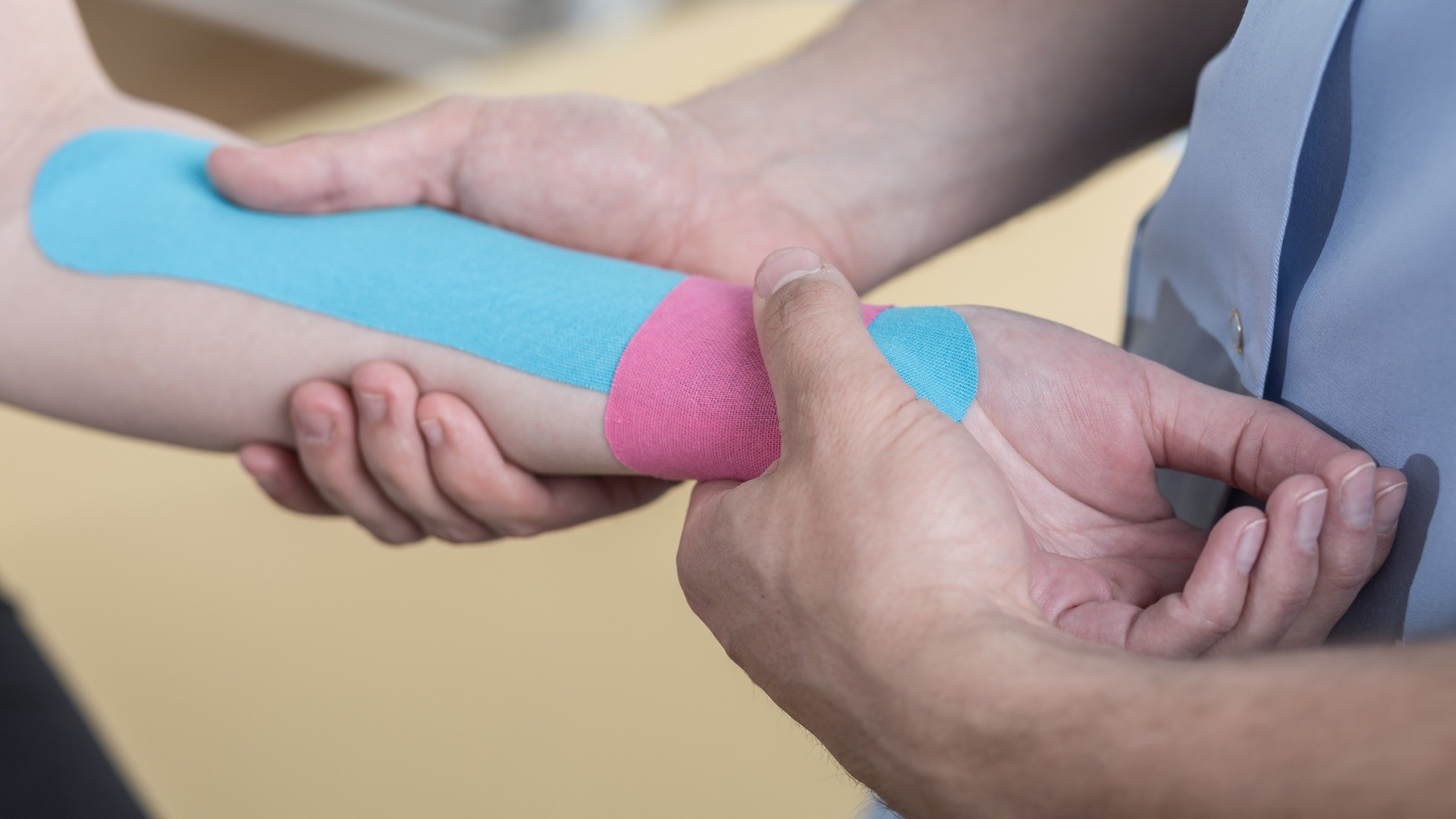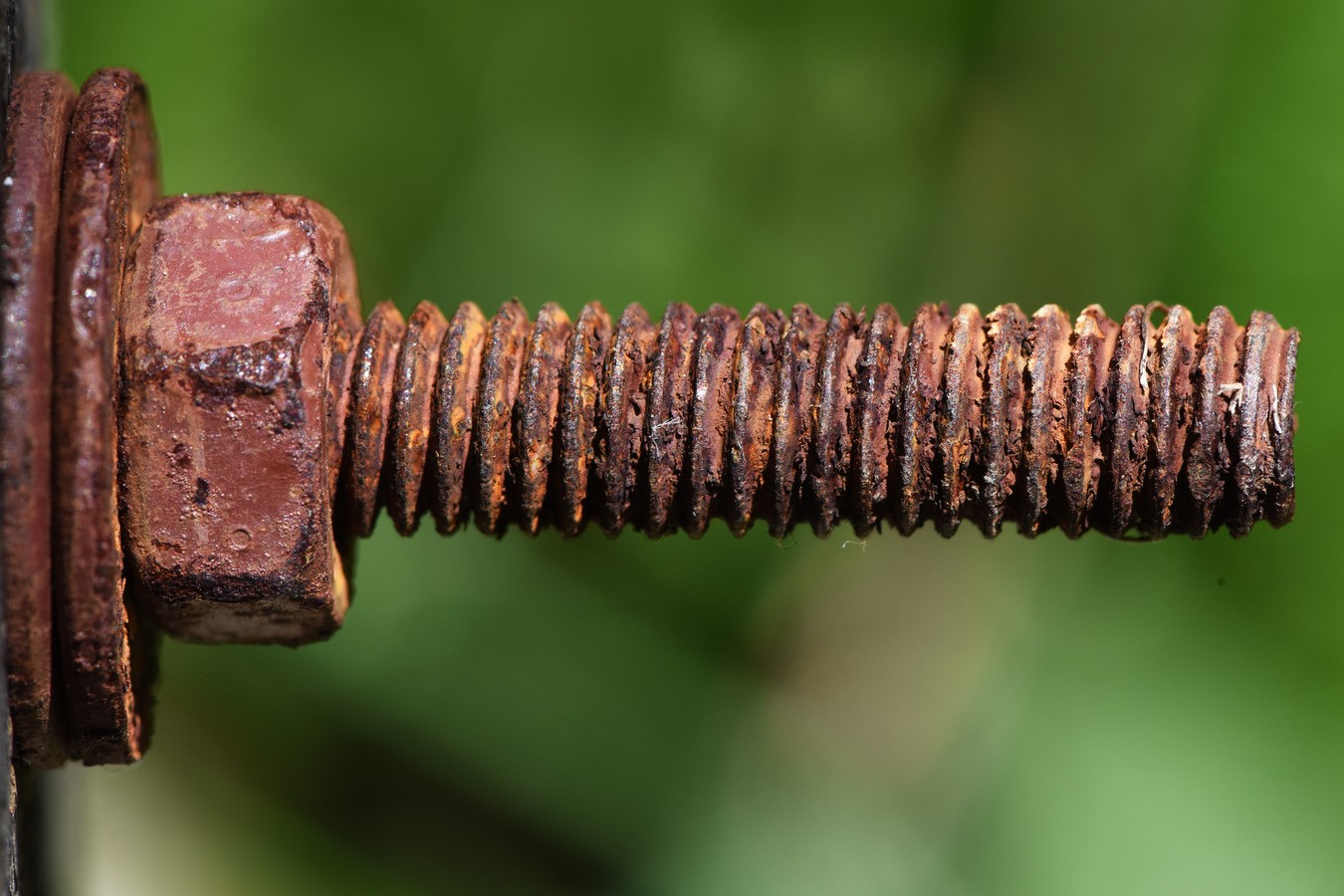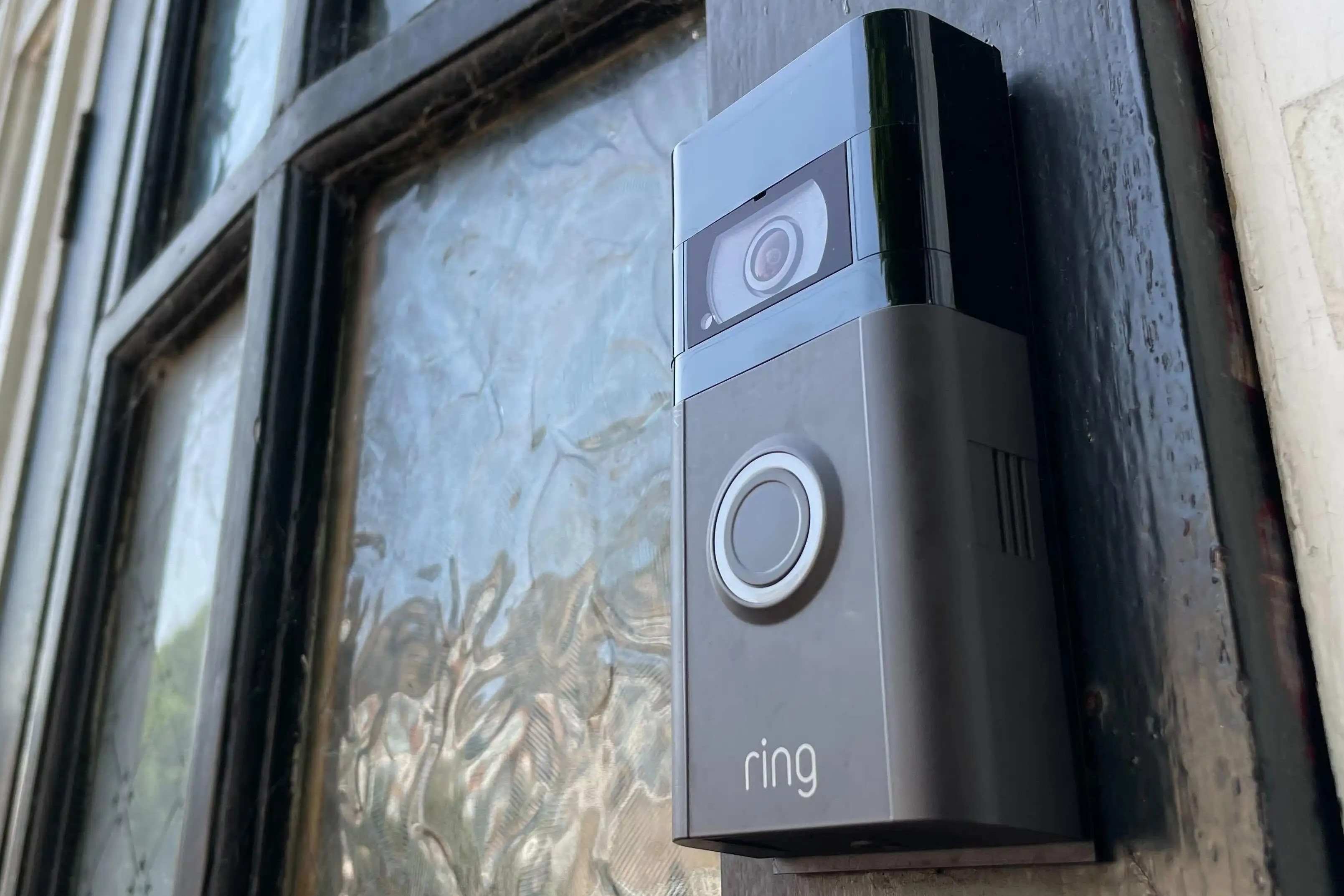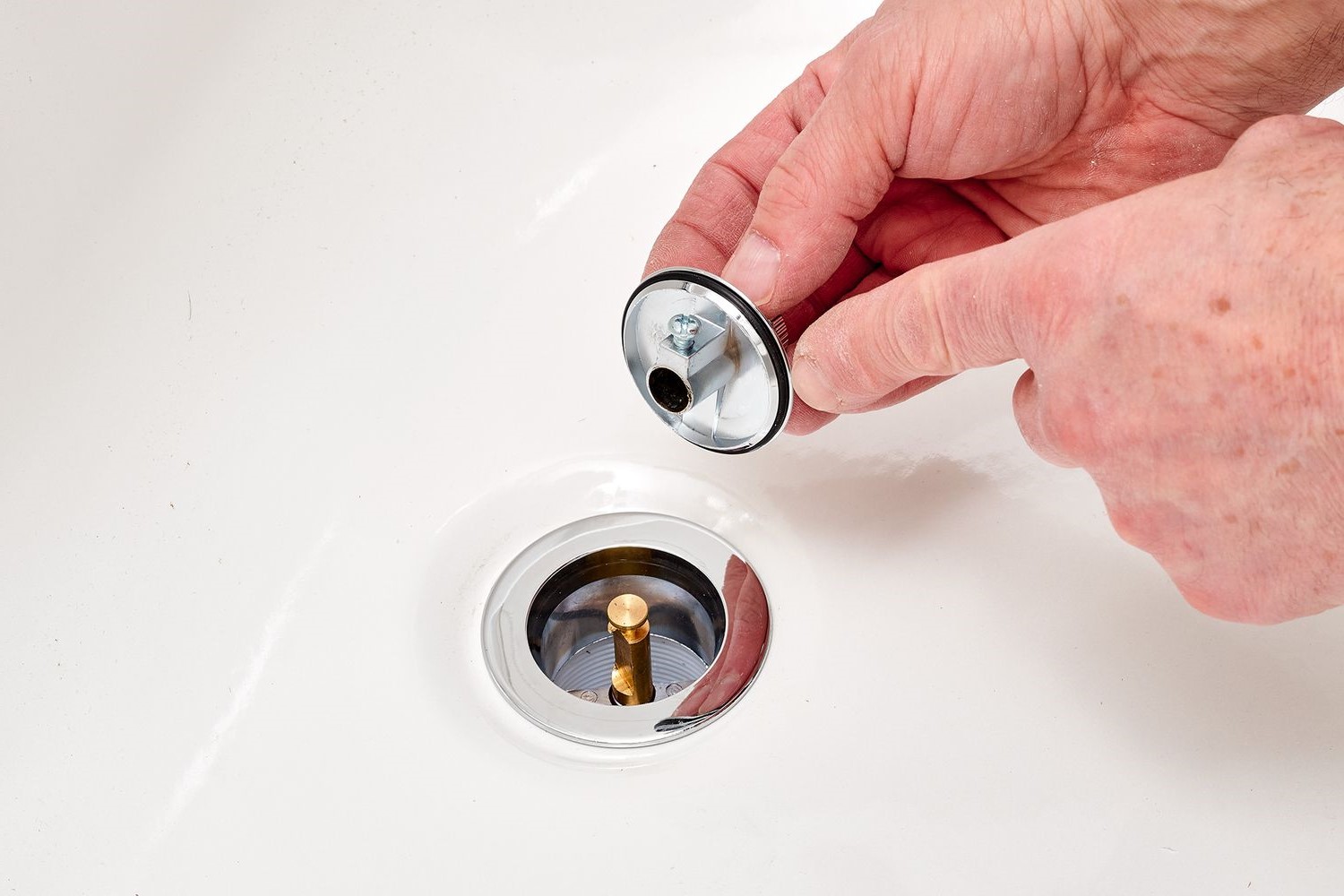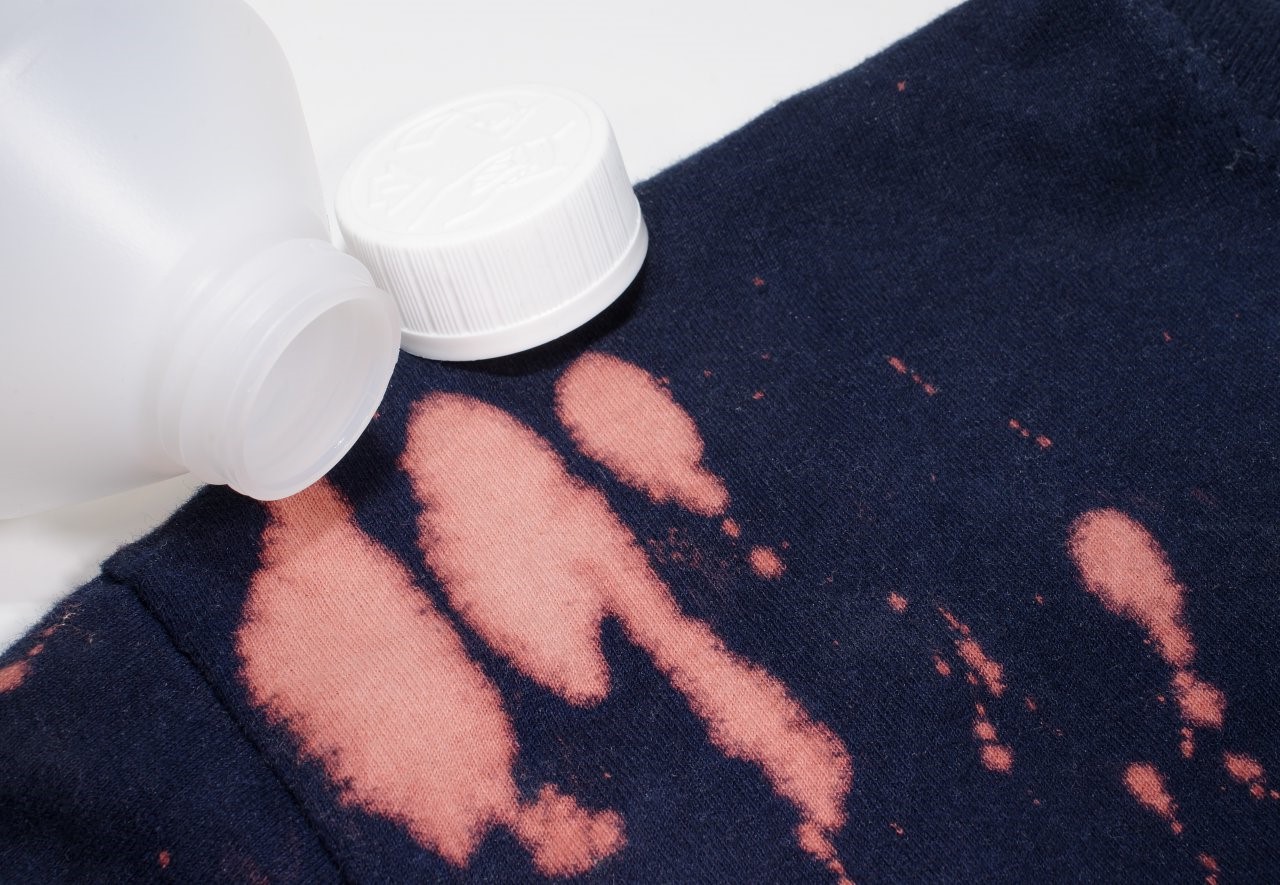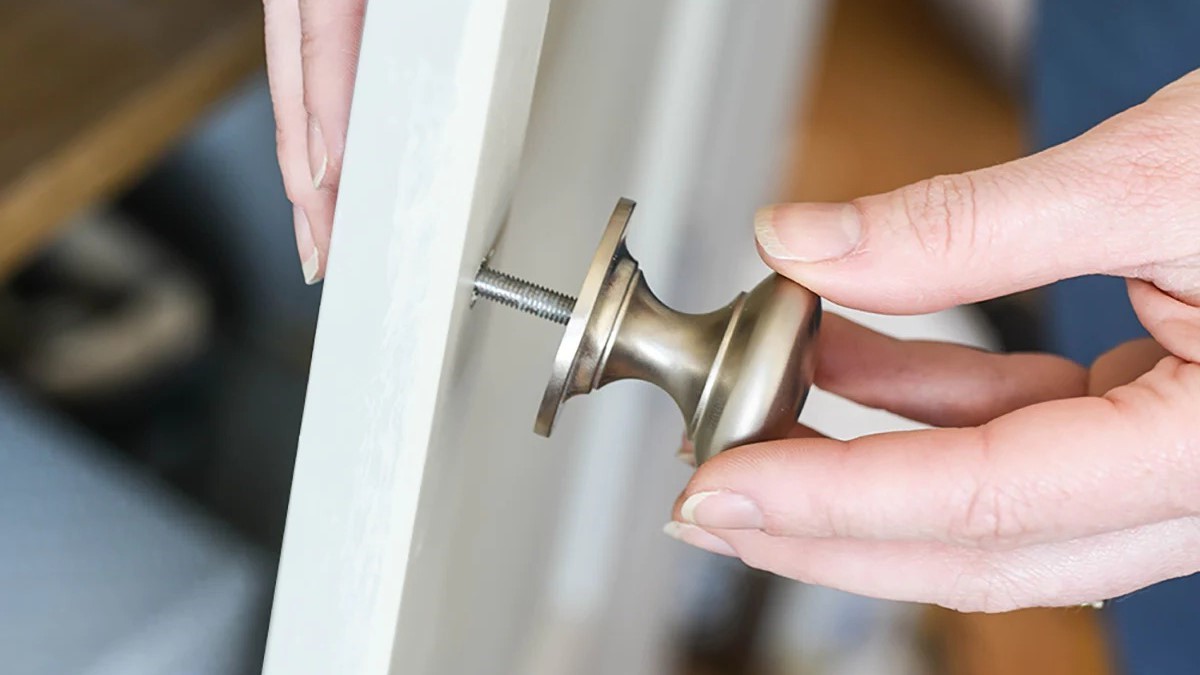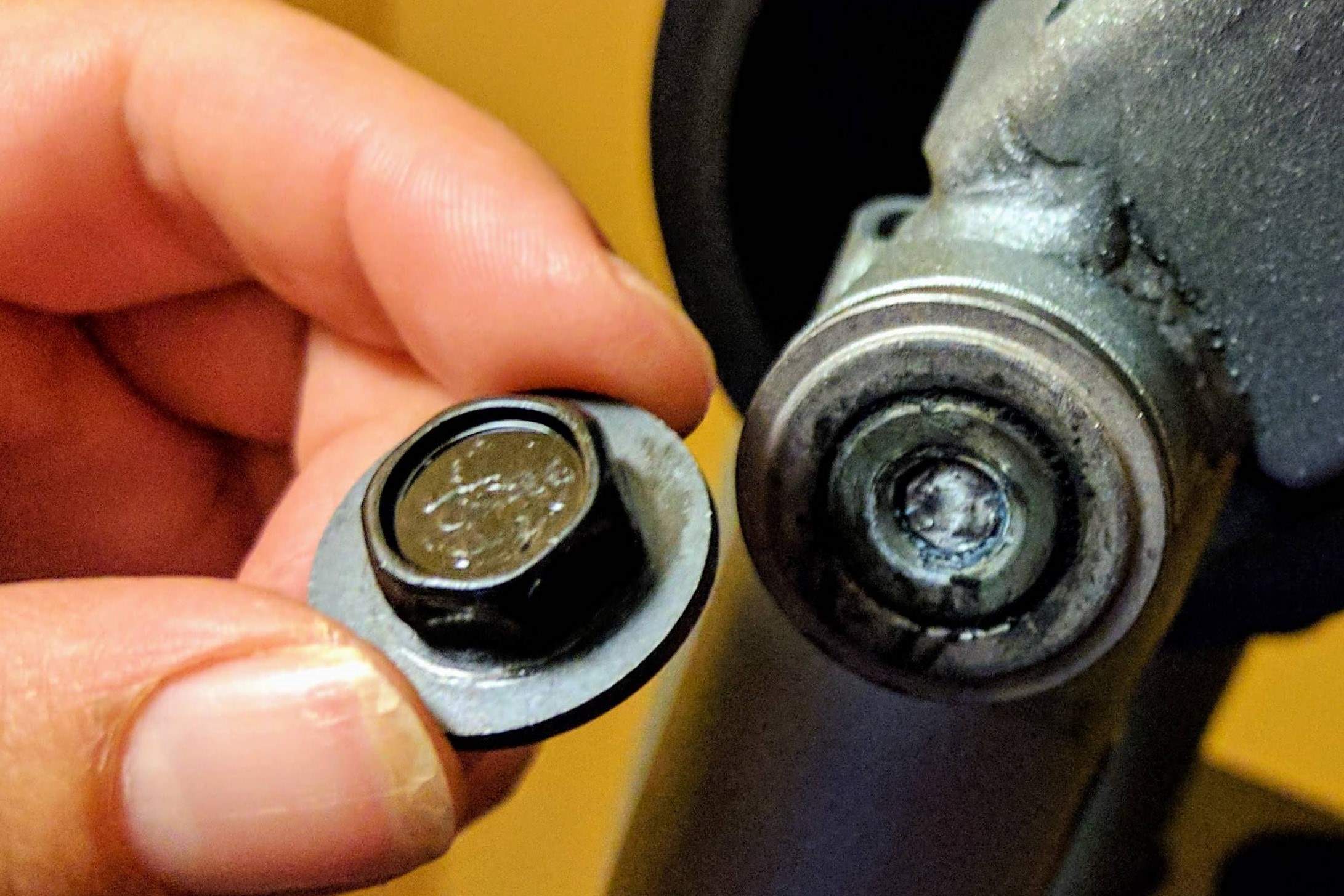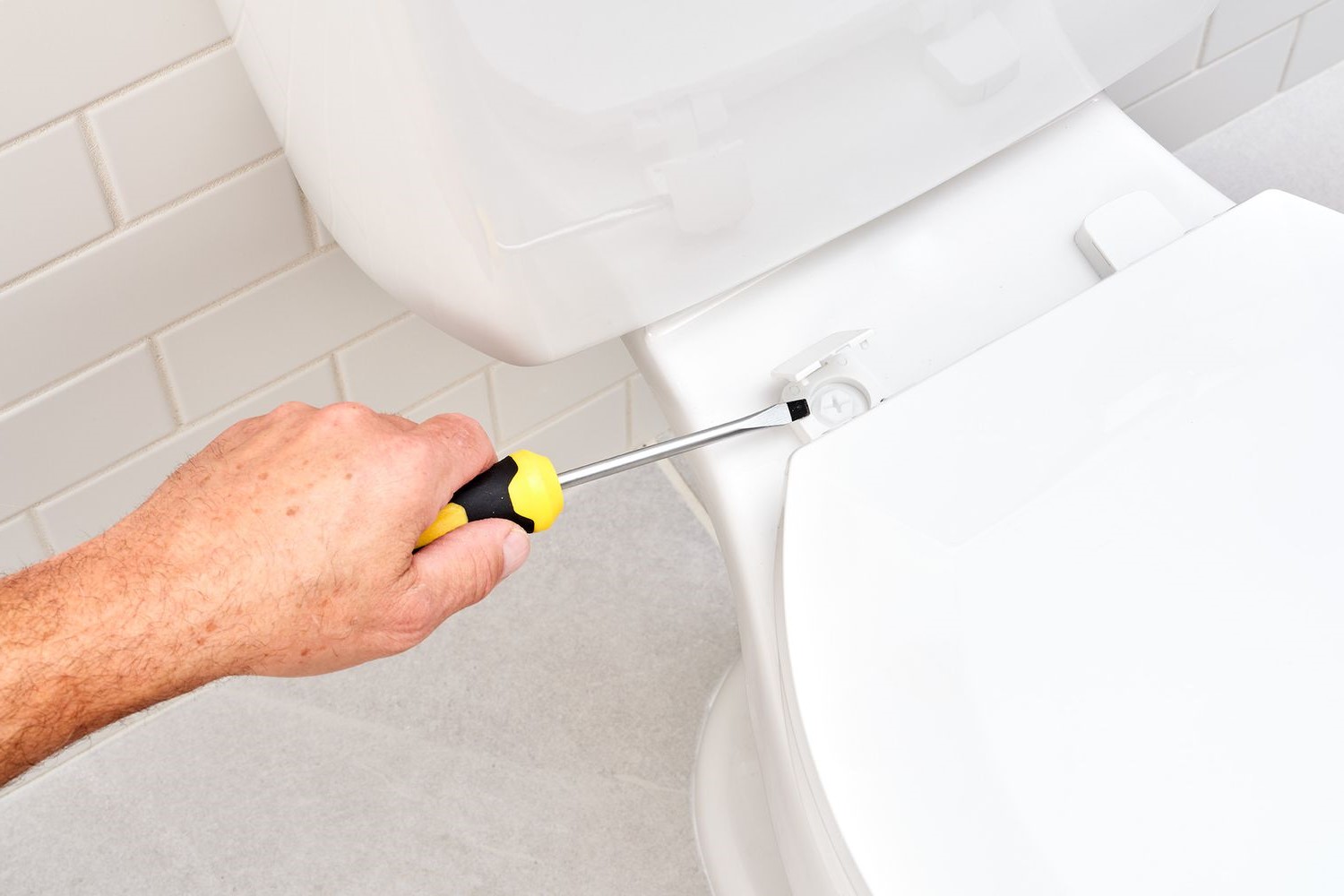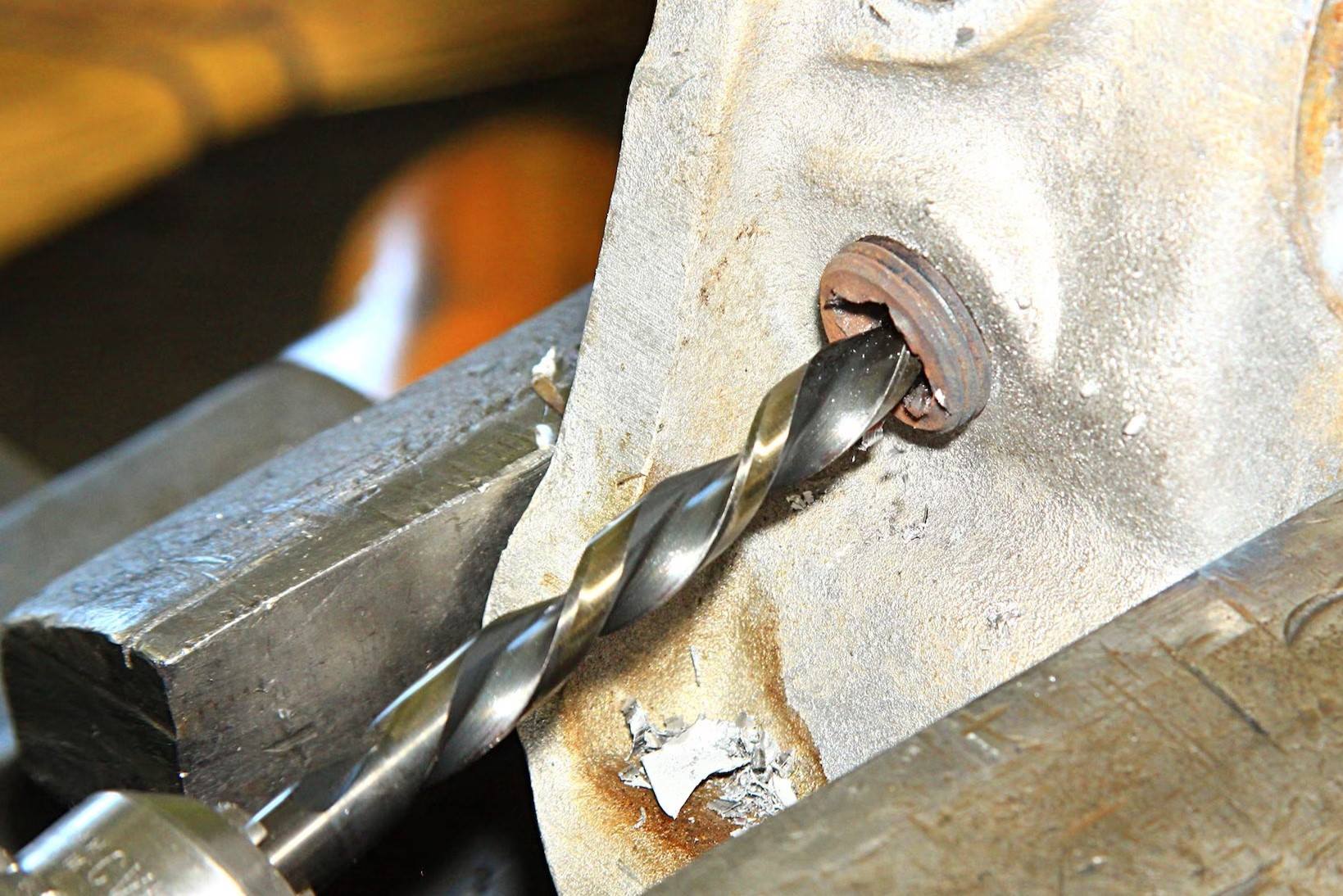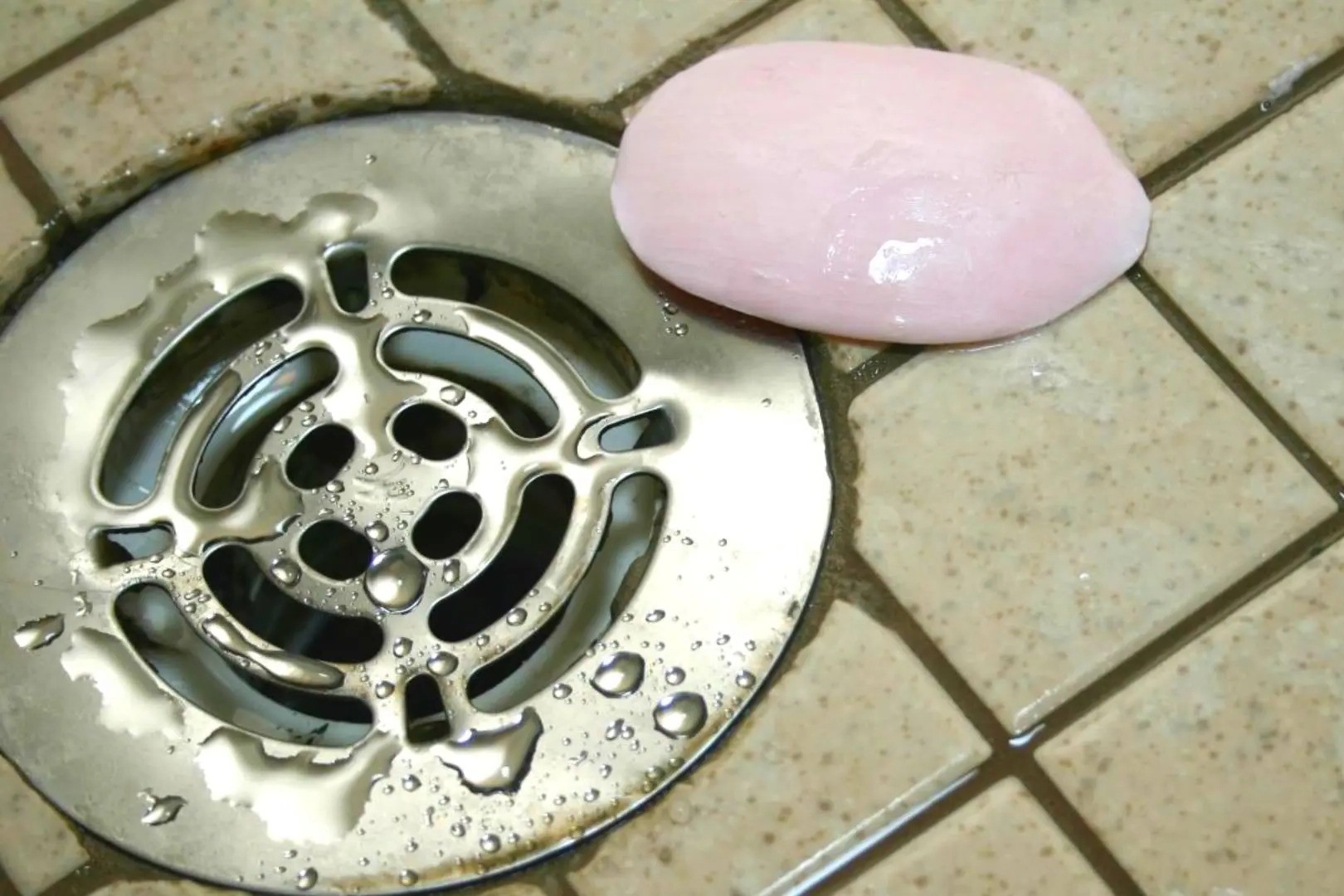Home>Home and Garden>How To Remove Tape Residue
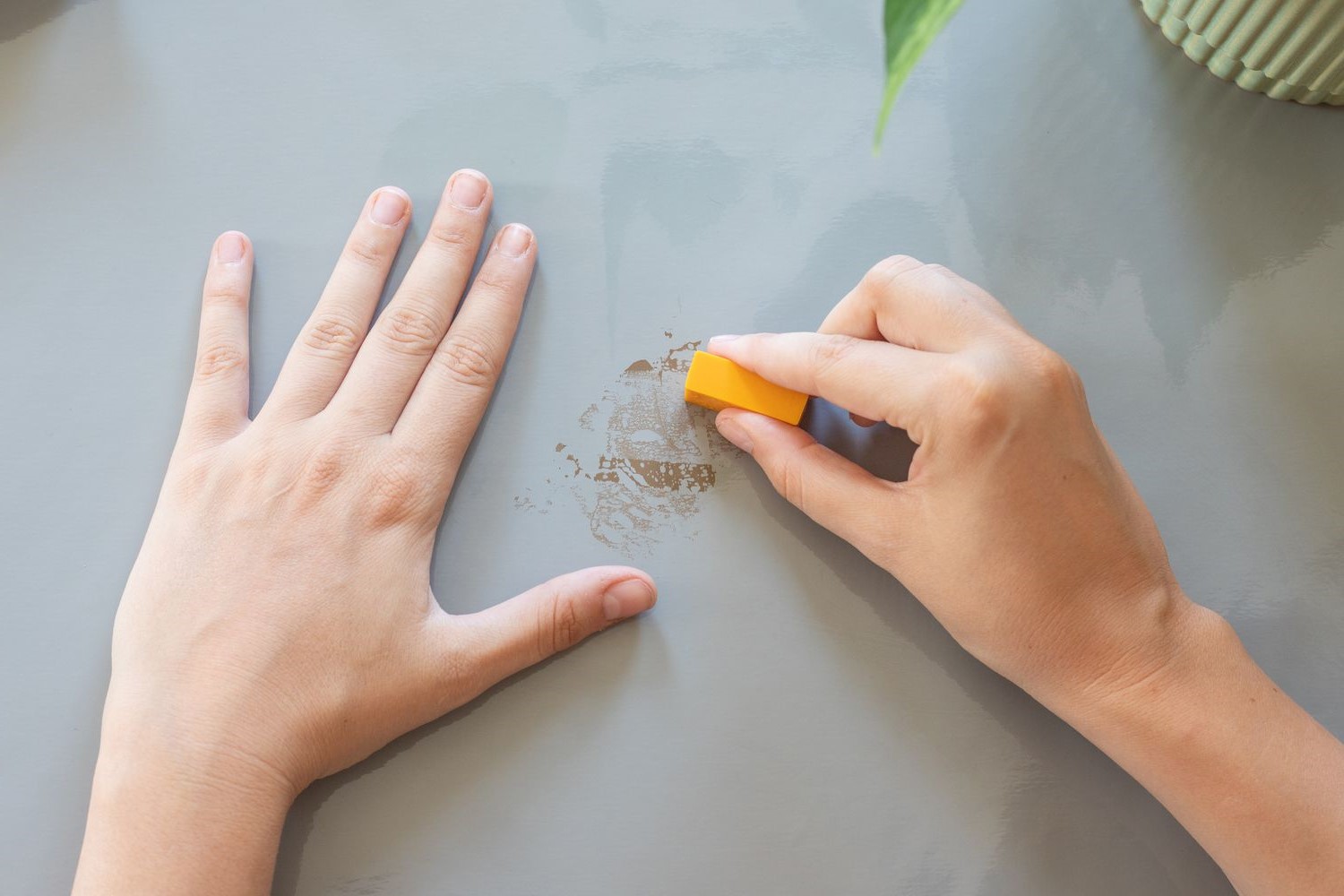

Home and Garden
How To Remove Tape Residue
Published: March 2, 2024
Learn effective methods for removing tape residue from various surfaces in your home and garden. Discover easy solutions for a clean and residue-free finish.
(Many of the links in this article redirect to a specific reviewed product. Your purchase of these products through affiliate links helps to generate commission for Noodls.com, at no extra cost. Learn more)
Table of Contents
Introduction
Tape residue can be a stubborn and unsightly nuisance, often leaving behind sticky, gummy remnants that seem nearly impossible to remove. Whether it's adhesive tape, duct tape, or masking tape, the residue left behind can be frustrating to deal with. However, fear not, as there are effective methods for removing tape residue without damaging the surface underneath.
In this comprehensive guide, we will explore various techniques for tackling tape residue, ranging from using common household items to specialized commercial products. By understanding the nature of tape residue and the appropriate removal methods, you can restore surfaces to their original condition, free from any lingering stickiness.
So, if you've ever struggled with the aftermath of peeling off tape, whether it's on glass, wood, plastic, or any other surface, this guide is here to provide you with the knowledge and solutions you need. Let's delve into the world of tape residue removal and equip ourselves with the tools and techniques to conquer this sticky challenge.
Read more: How To Apply KT Tape To Your Ankle
Understanding Tape Residue
Tape residue, also known as adhesive residue, is the sticky substance left behind when tape is removed from a surface. This residue is a result of the adhesive properties of the tape, which allow it to adhere to various surfaces. When the tape is peeled off, the adhesive may not entirely come off, leaving behind a tacky, stubborn residue.
The composition of tape residue varies depending on the type of tape used. Adhesive tapes can be made from materials such as rubber, acrylic, or silicone, each with its own adhesive properties. Additionally, the surface from which the tape is removed also plays a role in the nature of the residue. For instance, porous surfaces like wood may absorb some of the adhesive, making it more challenging to remove.
The characteristics of tape residue can also be influenced by environmental factors such as temperature and humidity. In warmer conditions, the adhesive may become softer and more malleable, while colder temperatures can cause it to harden and become more difficult to remove.
Understanding the nature of tape residue is crucial when selecting the appropriate removal method. Different surfaces and types of residue may require specific techniques to effectively eliminate the sticky remnants without causing damage.
By gaining insight into the composition and behavior of tape residue, individuals can approach its removal with confidence, knowing that they are equipped with the knowledge to tackle this common household challenge.
Methods for Removing Tape Residue
When it comes to removing tape residue, there are several effective methods that can be employed, utilizing both household items and commercial products. These methods are tailored to address the diverse nature of tape residue and the various surfaces it may adhere to. By understanding and implementing these techniques, individuals can successfully restore surfaces to their original condition, free from any lingering stickiness.
Using Household Items
-
Oil-Based Solutions: Common household oils such as olive oil, coconut oil, or vegetable oil can be effective in breaking down tape residue. Apply a small amount of oil to the affected area and allow it to sit for several minutes. The oil helps to weaken the adhesive properties of the residue, making it easier to remove. Afterward, gently rub the area with a soft cloth or sponge to lift off the softened residue.
-
Vinegar: A versatile household item, vinegar can also be used to tackle tape residue. Mix equal parts of white vinegar and water and apply the solution to the affected area. Let it sit for a few minutes to loosen the residue, then use a cloth to wipe it away. The acidic nature of vinegar helps to dissolve the adhesive, making it a valuable ally in the battle against stubborn residue.
-
Heat: Applying heat to the tape residue can help soften it, making it easier to remove. A hairdryer or heat gun can be used to gently warm the residue, causing it to become more pliable. Once softened, the residue can be carefully peeled or scraped off using a plastic scraper or a credit card, taking care not to damage the surface underneath.
Using Commercial Products
-
Adhesive Remover: Specifically formulated to dissolve adhesive residues, commercial adhesive removers are highly effective in tackling stubborn tape remnants. These products are available in spray or liquid form and work by breaking down the adhesive, allowing for easy removal. When using adhesive removers, it is important to follow the manufacturer's instructions and test the product on a small, inconspicuous area first to ensure compatibility with the surface.
-
Rubbing Alcohol: Widely known for its solvent properties, rubbing alcohol can effectively dissolve tape residue. Simply dampen a cloth with rubbing alcohol and gently rub the affected area. The alcohol works to break down the adhesive, facilitating the removal of the residue. Afterward, the area can be wiped clean with a damp cloth to remove any remaining residue and alcohol.
Read more: How To Get Sticker Residue Off Clothes
Tips for Removing Stubborn Residue
-
Patience is Key: When dealing with stubborn tape residue, it's important to approach the removal process with patience. Allow the chosen removal method to work its magic, whether it's oil, vinegar, heat, or a commercial product. Rushing the process may result in incomplete removal or potential damage to the surface.
-
Test in an Inconspicuous Area: Before applying any removal method, it's advisable to test it in a small, inconspicuous area to ensure that it does not cause damage or discoloration to the surface.
-
Gentle Scrubbing: When using household items or commercial products, gentle scrubbing with a soft cloth or sponge is recommended to avoid scratching or damaging the surface.
By employing these methods and tips, individuals can effectively tackle tape residue, restoring surfaces to their original state without the frustration of lingering stickiness.
Using Household Items
When it comes to removing tape residue using household items, there are several effective and accessible solutions that can be found right in your kitchen or bathroom. These household items offer a natural and cost-effective approach to tackling stubborn tape remnants without the need for specialized products.
One of the most versatile and widely available household items for removing tape residue is oil. Common cooking oils such as olive oil, coconut oil, or vegetable oil can be incredibly effective in breaking down adhesive residues. The oil works by weakening the adhesive properties of the residue, making it easier to remove. To use this method, simply apply a small amount of oil to the affected area and allow it to sit for several minutes. This allows the oil to penetrate and soften the residue. Afterward, gently rub the area with a soft cloth or sponge to lift off the softened residue. The natural properties of these oils make them a gentle yet powerful solution for tackling tape residue on a variety of surfaces.
Another household item that can be enlisted in the battle against tape residue is vinegar. This pantry staple is known for its versatility and can also be used to dissolve and remove stubborn adhesive remnants. By mixing equal parts of white vinegar and water, you can create a solution that effectively loosens tape residue. After applying the solution to the affected area, allow it to sit for a few minutes to penetrate the residue. The acidic nature of vinegar works to dissolve the adhesive, making it easier to wipe away. This method is particularly useful for surfaces that are sensitive to oil-based solutions, providing an alternative approach to tape residue removal.
In addition to oils and vinegar, heat can also be utilized as a household method for removing tape residue. By applying heat to the affected area, the residue can be softened, making it easier to remove. A hairdryer or heat gun can be used to gently warm the residue, causing it to become more pliable. Once softened, the residue can be carefully peeled or scraped off using a plastic scraper or a credit card. It is important to exercise caution when using heat to avoid damaging the surface underneath, especially on materials sensitive to temperature changes.
These household items offer accessible and effective solutions for removing tape residue, providing individuals with natural and budget-friendly alternatives to commercial products. By utilizing these household items, individuals can effectively tackle tape residue, restoring surfaces to their original state without the frustration of lingering stickiness.
Using Commercial Products
When household remedies may not suffice, commercial products specifically formulated for removing adhesive residues can be valuable allies in the battle against stubborn tape remnants. These products are designed to effectively dissolve and eliminate adhesive residues without causing damage to the underlying surface. By leveraging the unique properties of these commercial solutions, individuals can tackle tape residue with precision and efficiency.
One of the most widely used commercial products for removing tape residue is adhesive remover. Available in spray or liquid form, adhesive removers are formulated to break down and dissolve stubborn adhesive residues, making them easier to remove. These products often contain powerful yet gentle solvents that effectively penetrate the residue, allowing for swift and thorough removal. When using adhesive removers, it is essential to follow the manufacturer's instructions carefully and test the product on a small, inconspicuous area first to ensure compatibility with the surface. Additionally, proper ventilation and protective gloves are recommended when using these products to ensure safety during the removal process.
Rubbing alcohol is another commercial product that is widely recognized for its solvent properties and effectiveness in dissolving tape residue. By dampening a cloth with rubbing alcohol and gently rubbing the affected area, the alcohol works to break down the adhesive, facilitating the removal of the residue. Afterward, the area can be wiped clean with a damp cloth to remove any remaining residue and alcohol. This method is particularly useful for surfaces that may be sensitive to oil-based solutions, providing an alternative approach to tape residue removal.
When utilizing commercial products, it is important to exercise caution and follow the recommended guidelines to ensure safe and effective removal of tape residue. By leveraging the unique properties of these products, individuals can effectively address stubborn adhesive remnants, restoring surfaces to their original condition without the frustration of lingering stickiness.
These commercial products offer targeted and effective solutions for removing tape residue, providing individuals with specialized tools to tackle stubborn adhesive remnants with confidence and precision. By incorporating these commercial products into the tape residue removal process, individuals can navigate the challenge of sticky remnants with ease and achieve optimal results.
Tips for Removing Stubborn Residue
When dealing with stubborn tape residue, it's essential to approach the removal process with patience and precision. While various methods and products can effectively tackle adhesive remnants, certain tips can further enhance the removal process, ensuring optimal results without causing damage to the underlying surface.
First and foremost, patience is key when dealing with stubborn tape residue. Rushing the removal process may result in incomplete removal or potential damage to the surface. Allowing the chosen removal method, whether it's oil, vinegar, heat, or a commercial product, to work its magic is crucial. By giving the solution or product sufficient time to penetrate and weaken the adhesive residue, individuals can achieve more effective and thorough removal.
Before applying any removal method, it's advisable to test it in a small, inconspicuous area to ensure that it does not cause damage or discoloration to the surface. This precautionary step helps individuals assess the compatibility of the chosen method with the specific material and finish of the surface. By conducting a test patch, potential risks can be mitigated, providing peace of mind during the removal process.
When using household items or commercial products, gentle scrubbing with a soft cloth or sponge is recommended to avoid scratching or damaging the surface. The goal is to lift off the softened residue without causing abrasions or marks on the underlying material. By employing gentle and controlled scrubbing motions, individuals can effectively remove the adhesive remnants while preserving the integrity of the surface.
In cases where the residue proves particularly stubborn, a repeated application of the chosen removal method may be necessary. By reapplying the selected solution or product and allowing it to work on the residue for an extended period, individuals can gradually break down the adhesive and facilitate its removal. This iterative approach can be especially effective for persistent or aged tape residue.
By adhering to these tips and best practices, individuals can navigate the process of removing stubborn tape residue with confidence and care. With patience, thorough testing, gentle scrubbing, and persistence, the challenge of tackling stubborn adhesive remnants can be met with success, resulting in surfaces restored to their original condition, free from the frustration of lingering stickiness.
Read more: How To Tape For Shin Splints
Conclusion
In conclusion, the battle against tape residue can be conquered with the right knowledge and techniques at hand. Whether it's utilizing common household items such as oil, vinegar, and heat, or leveraging the unique properties of commercial products like adhesive removers and rubbing alcohol, there are effective solutions for removing stubborn adhesive remnants. By understanding the nature of tape residue and the diverse methods available for its removal, individuals can restore surfaces to their original condition, free from any lingering stickiness.
The versatility and accessibility of household items make them valuable allies in the quest to eliminate tape residue. Oils such as olive oil, coconut oil, and vegetable oil offer natural and gentle solutions for breaking down adhesive remnants, providing a cost-effective approach to tape residue removal. Similarly, the acidic properties of vinegar and the application of heat can effectively loosen and soften stubborn residue, making it easier to remove without causing damage to the underlying surface.
Furthermore, commercial products designed specifically for removing adhesive residues offer targeted and efficient solutions for tackling stubborn tape remnants. Adhesive removers and rubbing alcohol provide powerful solvents that effectively dissolve adhesive residues, allowing for thorough and precise removal. When used in accordance with the manufacturer's instructions and safety guidelines, these commercial products can expedite the removal process and deliver optimal results.
Additionally, the tips and best practices for removing stubborn residue, including exercising patience, conducting test patches, and employing gentle scrubbing, further enhance the removal process. By approaching the task with care and precision, individuals can navigate the challenge of tape residue removal with confidence, knowing that they have the tools and knowledge to achieve success.
Ultimately, the successful removal of tape residue not only restores surfaces to their original state but also alleviates the frustration of dealing with lingering stickiness. Armed with the insights and techniques outlined in this guide, individuals can confidently address the aftermath of peeling off tape, knowing that they have the means to conquer this common household challenge.
In the end, the battle against tape residue is one that can be won, and with the right approach and resources, individuals can restore surfaces to their pristine state, free from the remnants of sticky encounters.
